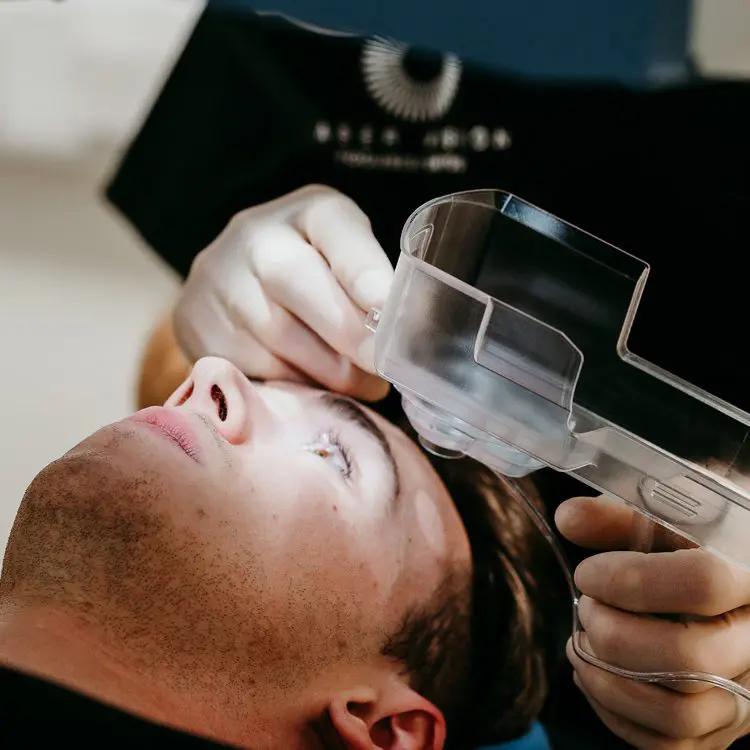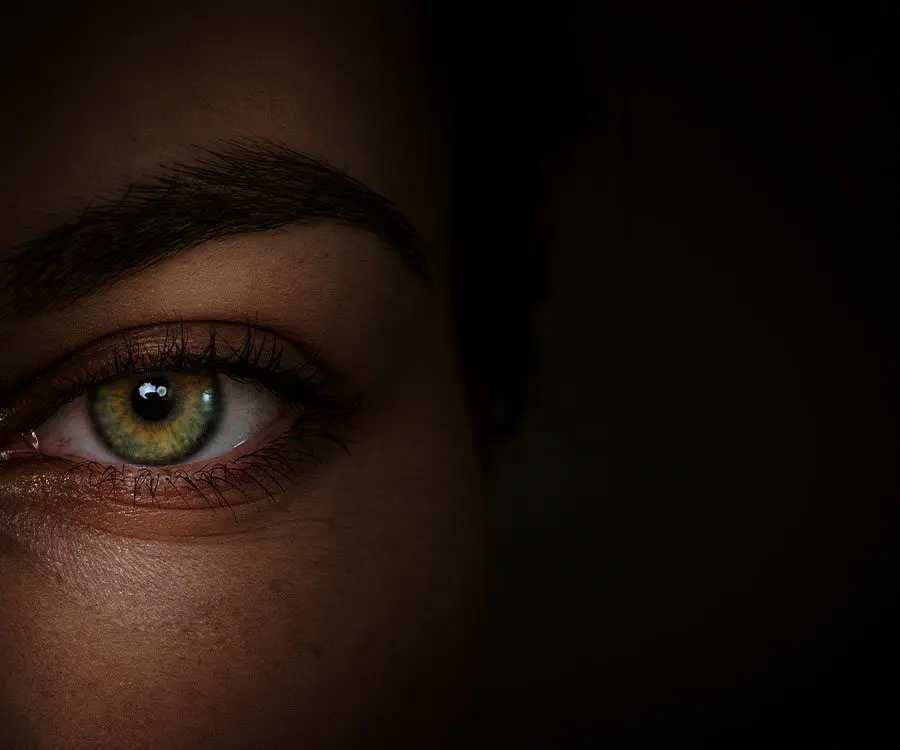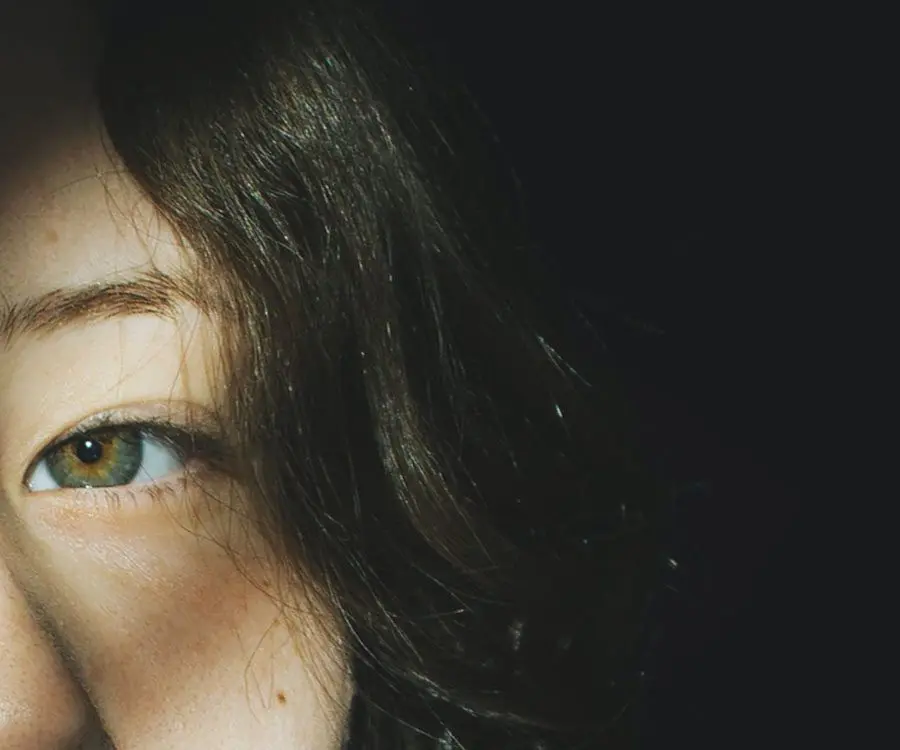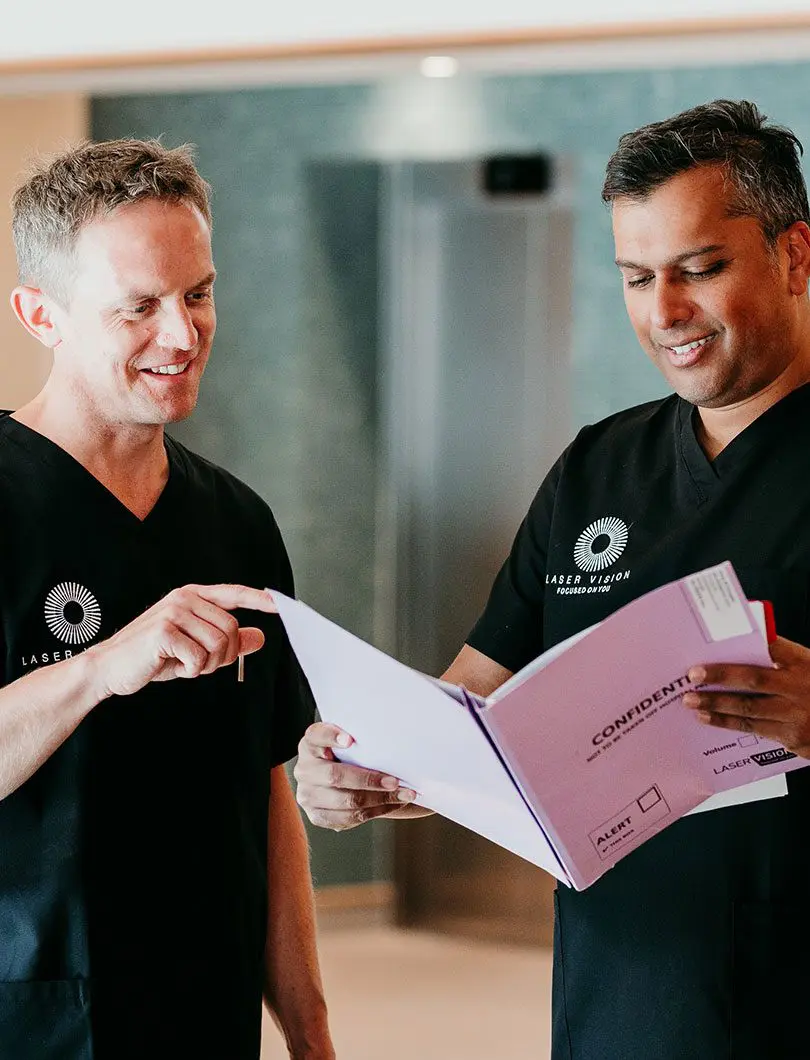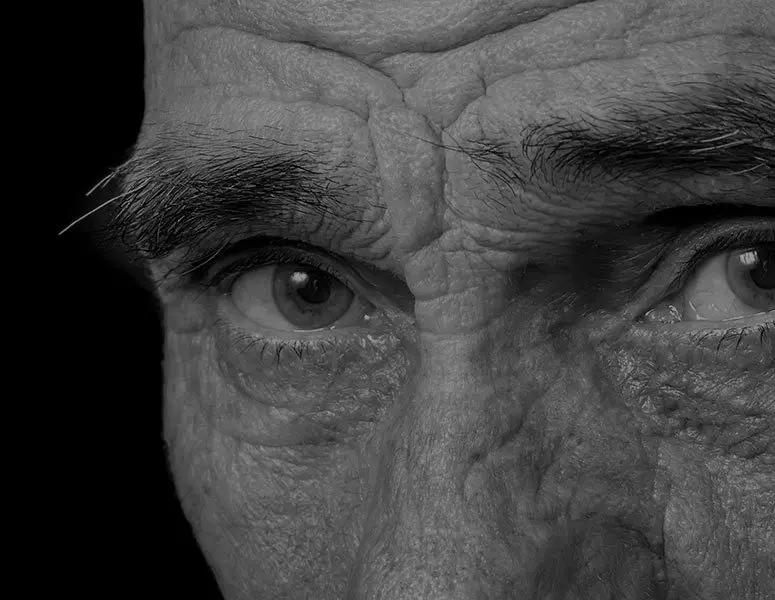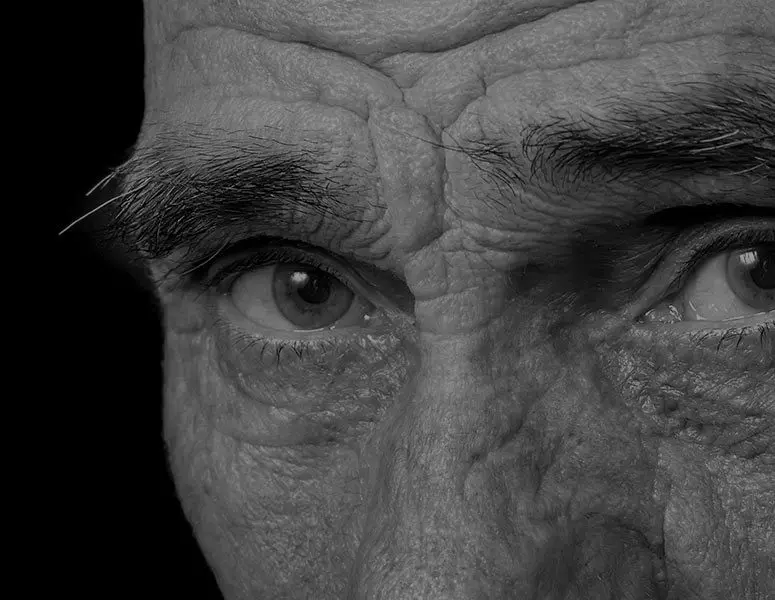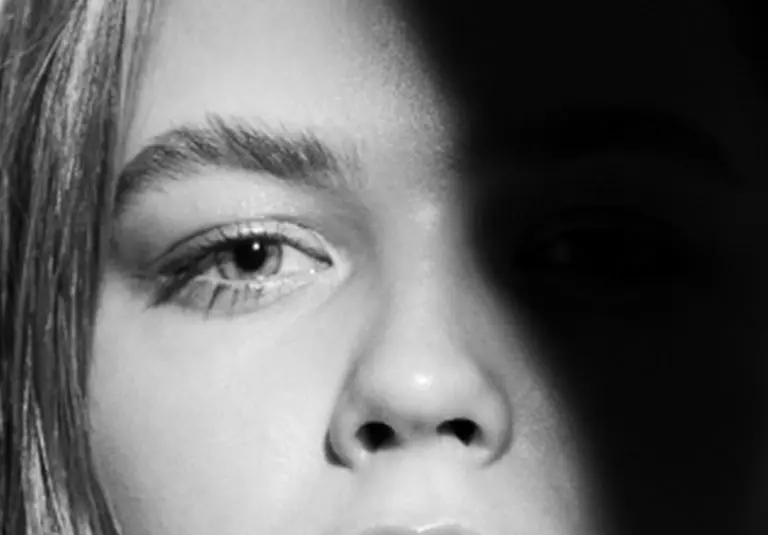- Macula

SING IMT
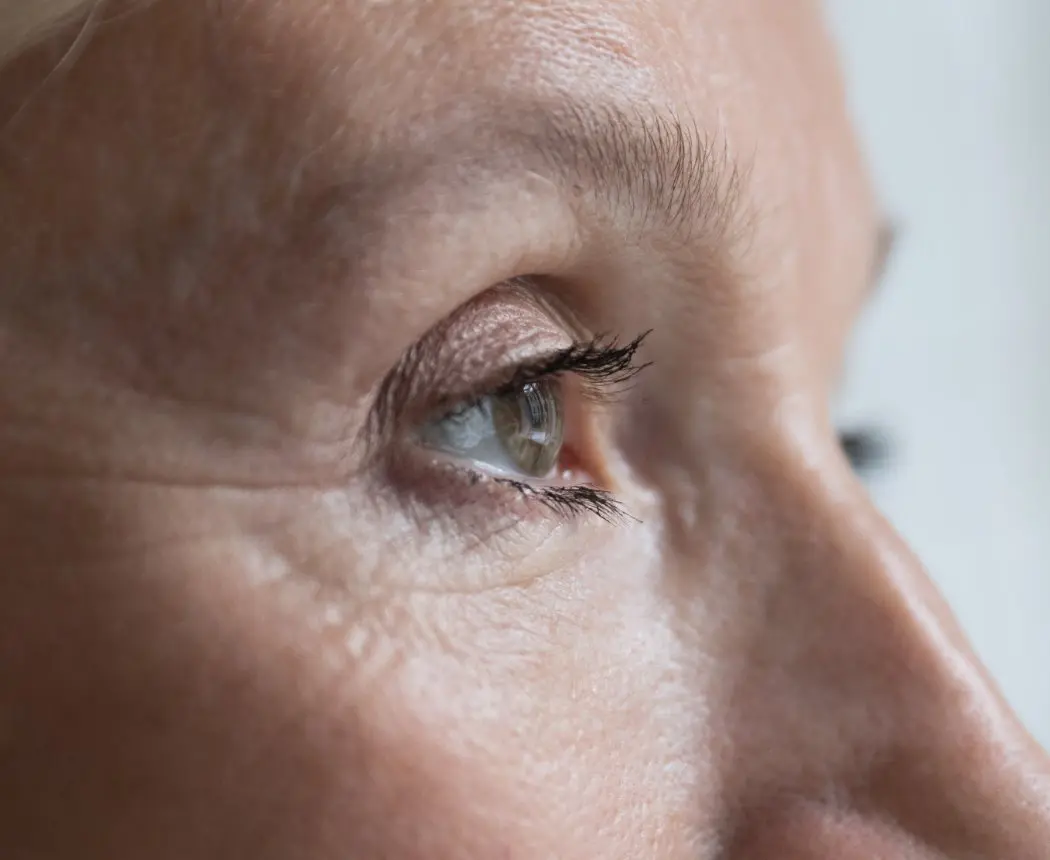
- Treatment

- Macula
SING IMT
The SING IMT (Implantable Miniature Telescope) lens is a groundbreaking medical device used to treat age-related macular degeneration (AMD). Implanted in the eye, it magnifies images onto the retina, enhancing central vision. This innovative lens significantly improves the quality of life for patients with severe vision loss due to AMD.
What is SING IMT?
The SING IMT (Implantable Miniature Telescope) is a revolutionary medical device designed to improve vision in patients with advanced age-related macular degeneration (AMD). This condition often results in a significant loss of central vision, making daily tasks difficult. The IMT is surgically implanted into one eye, replacing the natural lens. It works by magnifying images, projecting them onto the healthy parts of the retina surrounding the damaged macula. This enhances central vision, allowing patients to see faces, read, and perform other essential activities more clearly. The SING IMT offers a life-changing solution for those affected by severe AMD.
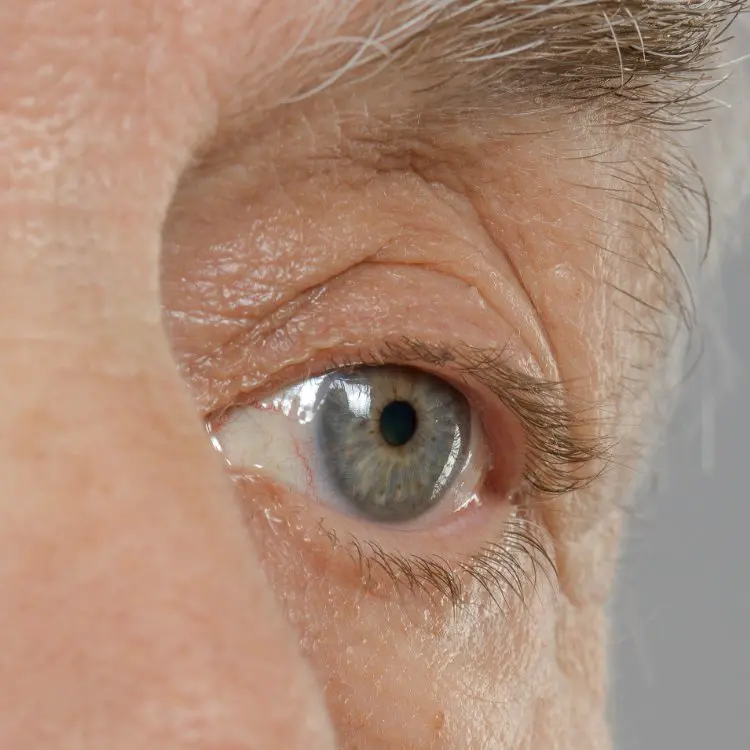

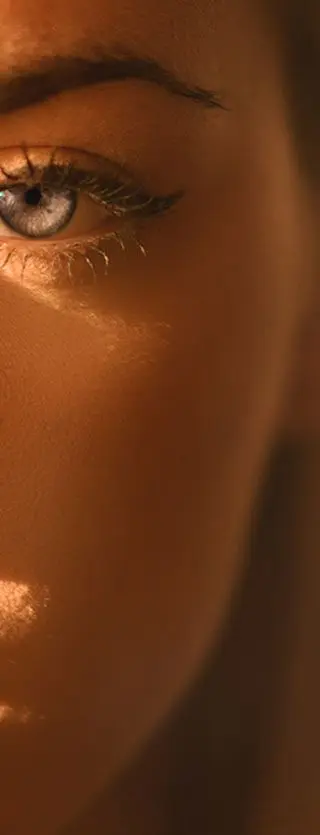
How is it performed?
- 1.The patient undergoes a thorough eye examination to determine eligibility. A detailed discussion of the risks, benefits, and expectations is held with the surgeon. the evaluation is done with an external telescope simulator that helps the patient perceive part of the benefits of the surgery after being implanted with the SING IMT.
- 2.The patient receives local anaesthesia to ensure comfort during the procedure.
- 3.A small incision is made in the cornea to access the natural lens of the eye.
- 4.The eye's natural lens is carefully removed, similar to cataract surgery, to create space for the IMT.
- 5.The miniature telescope is inserted through the incision and positioned in the lens capsule, where the natural lens was previously located.
- 6.The IMT is adjusted to ensure proper alignment and positioning, allowing optimal magnification and focus.
- 7.The incision is closed, typically with self-healing techniques, minimising the need for sutures.
- 8.The patient is monitored for complications, and follow-up appointments are scheduled. The patient receives specific post-operative care instructions, including the use of prescribed eye drops to prevent infection and inflammation.
- 9.
